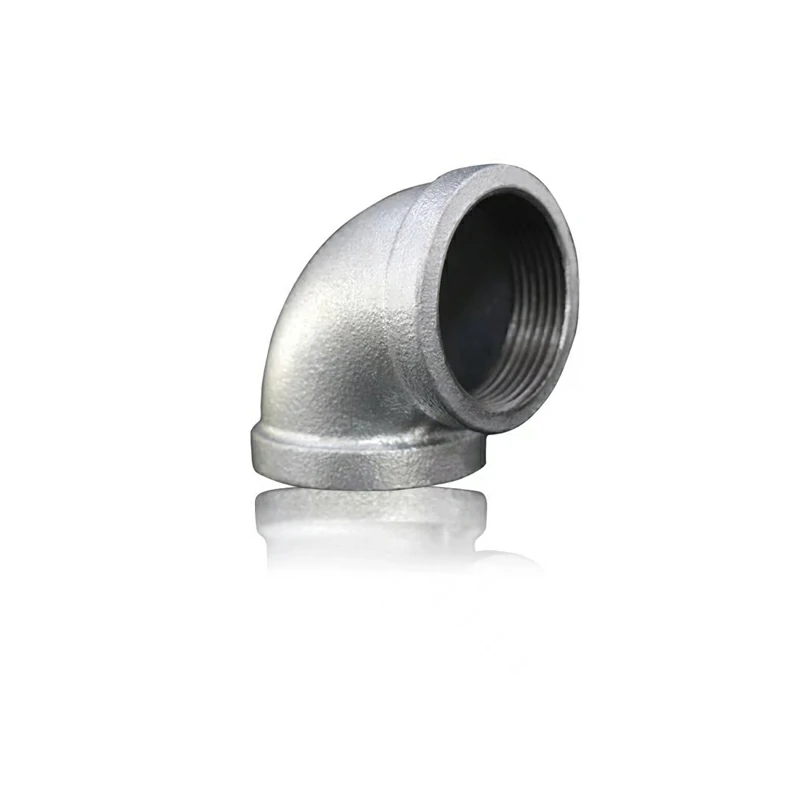To control the operation of a 4-inch knife gate valve, various actuation methods can be employed. The choice of actuation method depends on the specific requirements of the application and the need for manual, semi-automatic, or fully automatic operation.
Here are some common actuation methods for 4-inch knife gate valves:
- Manual Actuation: In manual actuation, the valve is operated by hand using a handwheel or a lever. This method is simple and cost-effective, making it suitable for applications where frequent valve adjustments are not required. However, it may not be suitable for large or hard-to-reach valves.
- Pneumatic Actuation: Pneumatic actuation involves the use of compressed air to control the valve. A pneumatic actuator is attached to the valve and uses air pressure to open and close the gate. This method provides remote and automatic control and is suitable for applications where quick and precise valve operation is required. It is commonly used in industrial settings.
- Hydraulic Actuation: Hydraulic actuation uses hydraulic fluid to control the valve’s operation. A hydraulic actuator is connected to the valve and uses hydraulic pressure to move the gate. It is known for its high force capabilities and is suitable for applications that require substantial torque to operate the valve.
- Electric Actuation: Electric actuation involves the use of an electric motor or actuator to control the valve. It provides precise and controllable operation and is often used in settings where automation and remote control are essential. Electric actuators can be integrated with control systems for advanced operation.
- Gear Actuation: Gear actuators use a system of gears to manually operate the valve. They are often used in applications where slow and controlled valve operation is required, such as in water treatment plants.
- Chainwheel Actuation: Chainwheel actuators use a chain and wheel mechanism to operate the valve manually. They are suitable for valves that are difficult to reach or require a lot of force to operate, such as those located in elevated or confined spaces.
- Spring Return Actuation: Spring return actuators use a spring mechanism to automatically return the valve to a closed position when the actuation force is removed. They are often used in safety-critical applications to ensure the valve is closed in the event of a power failure or other system disruption.
The choice of actuation method should consider factors such as the application’s requirements, the need for automation, the type of media being handled, and the availability of power sources. Each actuation method has its advantages and limitations, and selecting the most suitable one is crucial to ensuring efficient and reliable valve operation.
How does a knife gate valve operate, and what are the key components involved in its opening and closing mechanism?
A knife gate valve operates by controlling the flow of fluids in a pipeline or system through the movement of a sharp-edged gate. This type of valve is specifically designed for applications involving slurries and viscous fluids.
Here’s how a knife gate valve operates and the key components involved in its opening and closing mechanism:
Operation:
- Initial Position: The knife gate valve is installed in the pipeline, and the gate is in its initial, closed position. In this closed position, the sharp edge of the gate is pressed against the valve seat, effectively sealing off the flow.
- Actuation: To open the valve, an actuation method is employed. This can be done manually using a handwheel, lever, 4 inch Knife Gate Valve or by using a more automated method such as pneumatic, hydraulic, or electric actuation.
- Gate Movement: When the actuation force is applied, the gate is moved away from the valve seat, creating an opening for fluid flow. The sharp edge of the gate cuts through the slurry or thick fluid as it moves.
- Flow Control: The extent to which the valve is opened determines the flow rate. Partially opening the valve allows for throttling the flow, while fully opening it provides unrestricted flow.
- Gate Retraction: To close the valve, the actuation method is reversed, causing the gate to retract and return to its closed position. The sharp edge of the gate once again presses against the valve seat, stopping the flow.
Key Components:
- Gate: The gate is the central component of the knife gate valve. It is usually a flat or beveled metal plate with a sharp edge. The gate is responsible for cutting through the fluid and controlling the flow.
- Valve Seat: The valve seat is the sealing surface against which the gate presses when the valve is closed. It ensures a tight seal and prevents fluid from leaking when the valve is closed.
- Actuator: The actuator is the mechanism used to move the gate. It can be a handwheel, lever, pneumatic actuator, hydraulic actuator, electric actuator, or other methods that provide the force required to open and close the valve.
- Stem: In some knife gate valves, a stem is used to connect the gate to the actuator. The stem transfers the actuation force from the actuator to the gate.
- Body: The body of the valve houses the gate and other internal components. It provides the structure and connection points for the valve within the pipeline.
- Yoke: The yoke is a structural component that supports the actuator and helps transmit the actuation force to the gate. It is often found in larger knife gate valves.
Knife gate valves are designed to provide reliable and tight shut-off, making them ideal for applications with slurry, high solids content, and challenging media. The sharp-edged gate design allows them to effectively cut through and control the flow of these types of fluids.



